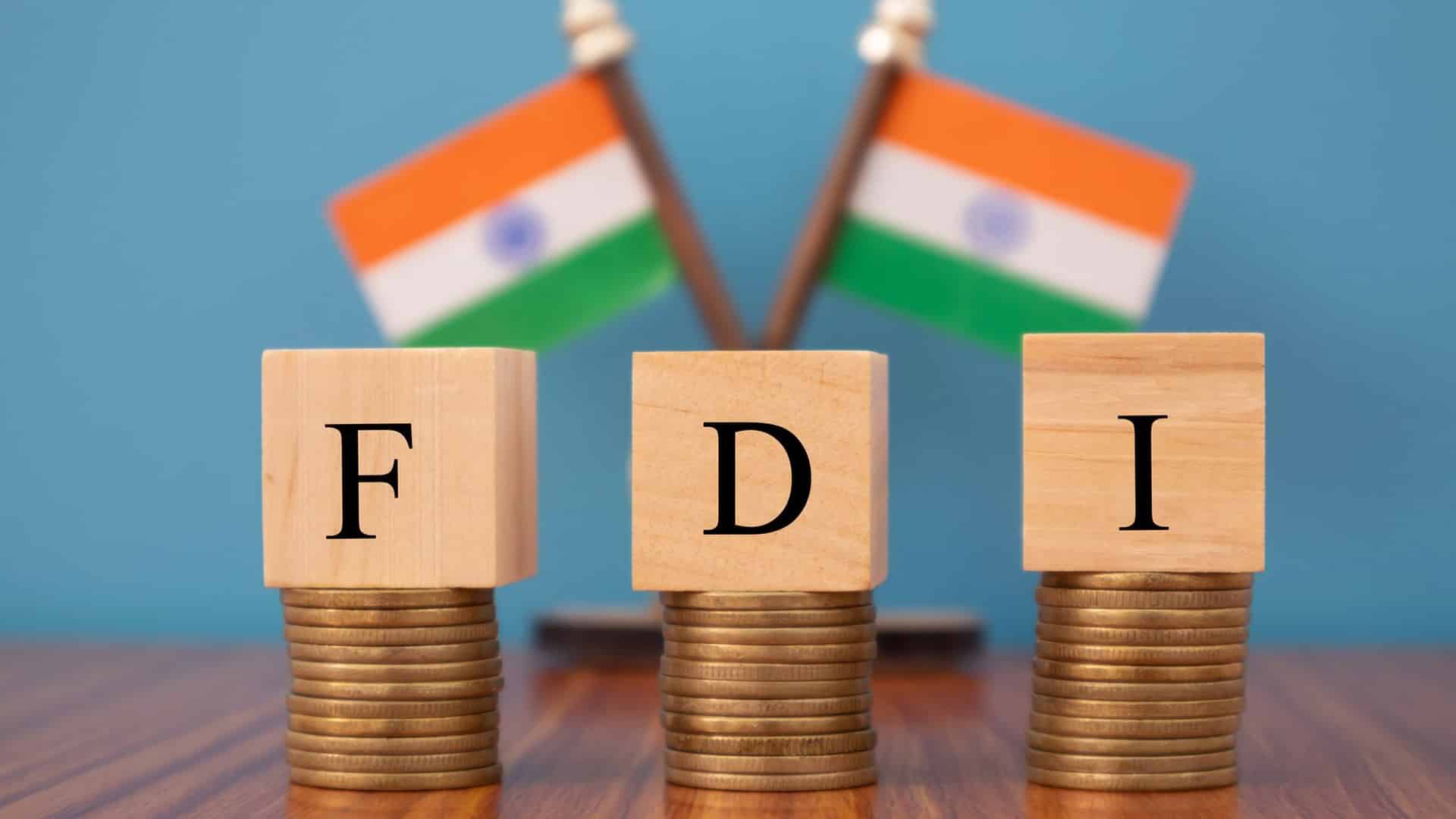Analysis
India to continue to attract eyes of foreign investors: UNCTAD
India may attract eyes of overseas investors in 2023 as well on account of measures such as rollout of the production linked incentive (PLI) schemes and projection of healthy economic growth, though global economic uncertainties due to monetary policy tightening in the US and ongoing Russia-Ukraine war may remain cause for concern.
Steps to promote ease of doing business, skilled manpower, presence of natural resources, liberal FDI policies, huge domestic market and prospects of healthy GDP growth are the reasons for optimism on the foreign inflows front for India in 2023 but issues such as delay in enforcement of contracts, cumbersome procedures and high interest rates are still sore points.
According to the latest world investment report 2022 of UNCTAD, the recovery of greenfield investment in industry remains fragile, especially in developing countries.
It has also stated that the fallout of the war in Ukraine with the triple food, fuel and finance crises, along with the ongoing COVID-19 pandemic and climate disruption, are adding stress, particularly in developing countries.
India has so far received healthy foreign direct investment (FDI) in 2022. As per the latest figures of the government, India has received foreign investments worth USD 42.5 billion during January-September 2022. It stood at USD 51.3 billion in 2021.
The country has registered its highest-ever total FDI inflows of USD 84.84 billion in 2021-22.
FDI equity inflows into India, however, contracted by 14 per cent to USD 26.9 billion during the April-September period this fiscal. The total FDI inflows (which include equity inflows, reinvested earnings and other capital) too has declined to USD 39 billion during the first half of this fiscal as against USD 42.86 billion in the year-ago period.
Secretary in the Department for Promotion of Industry and Internal Trade (DPIIT) Anurag Jain said India is the preferred investment destination due to series of measures such as liberalisation in the FDI policy, steps to further promote ease of doing business, reducing compliance burden for industry, rollout of the PLI schemes and the PM GatiShakti National Master Plan for integrated infrastructure development.
“For the past eight consecutive years, a new record FDI flow into the country has been set. However, given the challenges of sluggish economic growth and geopolitical realities, there are bound to be challenges in times ahead,” Jain told PTI.
He added that players worldwide are keen to avail the benefits of the PLI schemes and several global firms are looking to shift their manufacturing bases to India.
Development of the National Single Window System (NSWS) portal is completely changing the way businesses used to seek approvals and it will also help investors to come to India, Jain said, adding free trade agreements with the UAE and Australia too will help attract healthy FDI inflows in 2022-23.
The PLI scheme was announced for 14 sectors, including white goods, telecom and auto components with an outlay of Rs 1.97 lakh crore to enhance India’s manufacturing capabilities and exports. So far, 650 applications have been approved under 13 sectors.
The RBI has projected a growth rate of 6.8 per cent for 2022-23.
Experts have also exuded confidence that reform measures taken by the government would help India attract robust FDI inflows in 2023.
Rumki Majumdar, Economist, Deloitte India, said going forward, the country’s relatively better performance and strong growth outlook will help it stand out as an investment destination.
She said that FDI from the US has dried up, but there is a healthy rise in the equity inflows from Japan, Singapore, the UK, and the UAE in the first half of 2022-23.
“This shows that there is a rising confidence among global investors to invest in India and India’s inflows are becoming more diversified,” she noted.
Kartik Ganapathy, Senior and Founding Partner, Induslaw, too said India’s growth appears to be driven by a positive increase in domestic consumption, growth of services and the digital economy, and increased infrastructure spending.
“In this backdrop, India remains an attractive destination for investment,” Ganapathy added.
The US central bank has increased its benchmark lending rate several times and has warned of more hikes to contain inflation. The ongoing Russia-Ukraine war too is disrupting global supply chains, adding pressure on the global economy.
Total FDI into India has reached USD 887.76 billion between April 2000 to September 2022.
About 26 per cent of the FDI came through the Mauritius route. It was followed by Singapore (23 per cent), the US (9 per cent), the Netherlands (7 per cent), Japan (6 per cent) and the UK (5 per cent). The UAE, Germany, Cyprus, and Cayman Islands accounted for 2 per cent each.
The key sectors which attracted the maximum FDI include services segment, computer software and hardware, telecommunications, trading, construction development, automobile, chemicals and pharmaceuticals.
Although FDI is allowed through the automatic route in most of the sectors, in certain areas such as telecom, media, pharmaceuticals and insurance, government approval is required for foreign investors.
Under the government approval route, a foreign investor has to take prior nod of the respective ministry or department, whereas for the automatic route, an overseas investor is only required to inform the Reserve Bank of India (RBI) after the investment is made.
At present, FDI is prohibited in as many as nine sectors — lottery, gambling and betting, chit funds, nidhi company, real estate business, and manufacturing of cigars, cheroots, cigarillos and cigarettes using tobacco.
FDI is important as India would require huge investments in the coming years to overhaul its infrastructure sector to boost growth. Healthy growth in foreign inflows helps maintain the balance of payments and the value of the rupee.








































